This is another project started in the mid-1990s and not completed. Clearly, even good projects are sometimes put aside.
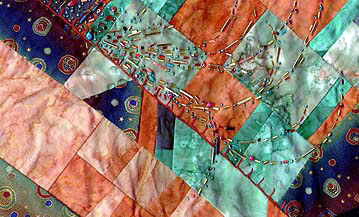
Basically, I was going to make myself a bunch of great wearable art pinafores.
Note: In the States, a pinafore is called a jumper. I grew up calling them pinafores, because… well, that’s what my family called them.
But, I ran out of enthusiasm when I went through a time of equating pinafores with ‘tasteful floral print dresses’ and tossed out every one of those sewing patterns.
At times, I’m impulsive like that. (Yes, it’s frustrating at times.)
So, this project was never completed.
Before I ran out of steam, I had strip pieced the front bodice shown above. It’s beaded by hand, and also embellished with some ‘crazy quilt’ stitching.
A lot of my fabric art embellishments have been inspired by the stitches on crazy quilts. I rely on Judith Baker Montano’s book, Elegant Stitches, shown in the right column. I’ve used her fabric art as references ever since I bought a copy of her hand-drawn notes that she’d photocopied to sell at quilt fairs in the 1970s.
I like to mix easy strip piecing with quirky color combinations, crazy quilt stitching, and glass beads… especially bugle beads and small seed beads.
For me, fabric art is about color and texture. The mix of fabrics, stitching and beads is, in my mind, a perfect combination for personal art expression.
Related links:
Judith Baker Montano’s website
-
- – Samples of her art, and info about her books & workshops. Also see her crazy quilting instructions from her appearance on HGTV’s Carol Duvall show:

 I’ve always loved the color purple. Almost every shade of purple delights me.
I’ve always loved the color purple. Almost every shade of purple delights me.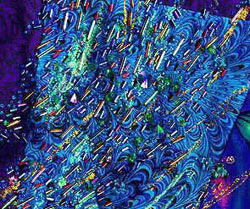
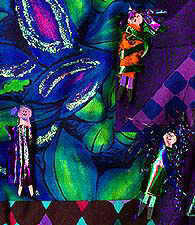
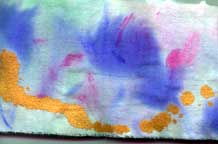

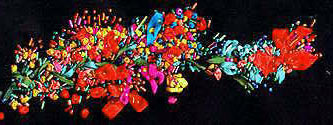
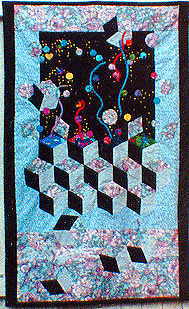 In 1991, I designed and made this quilted wallhanging for a challenge in Salt Lake City, Utah.
In 1991, I designed and made this quilted wallhanging for a challenge in Salt Lake City, Utah.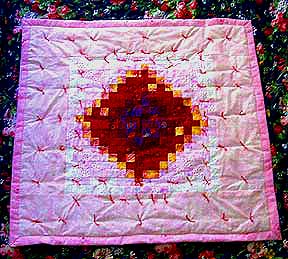 This is a baby quilt that I made in 2003. It’s made with over a dozen fabrics, each 100% cotton.
This is a baby quilt that I made in 2003. It’s made with over a dozen fabrics, each 100% cotton.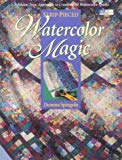
 This rocking chair is called a Lincoln rocker by some, and a Kennedy rocker by others. It’s the same design that Jack Kennedy had in the White House. He felt that it helped his back.
This rocking chair is called a Lincoln rocker by some, and a Kennedy rocker by others. It’s the same design that Jack Kennedy had in the White House. He felt that it helped his back. The chair was well-used and well-loved for several years, until — as shown at left — the dry woven seat finally began to sag and then collapse.
The chair was well-used and well-loved for several years, until — as shown at left — the dry woven seat finally began to sag and then collapse.
 If you’re interested in fabric art but don’t know where to start, here are a few basics.
If you’re interested in fabric art but don’t know where to start, here are a few basics.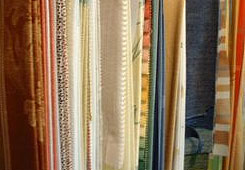 Before rushing out to buy supplies for your fabric art projects, consider a these important points.
Before rushing out to buy supplies for your fabric art projects, consider a these important points.